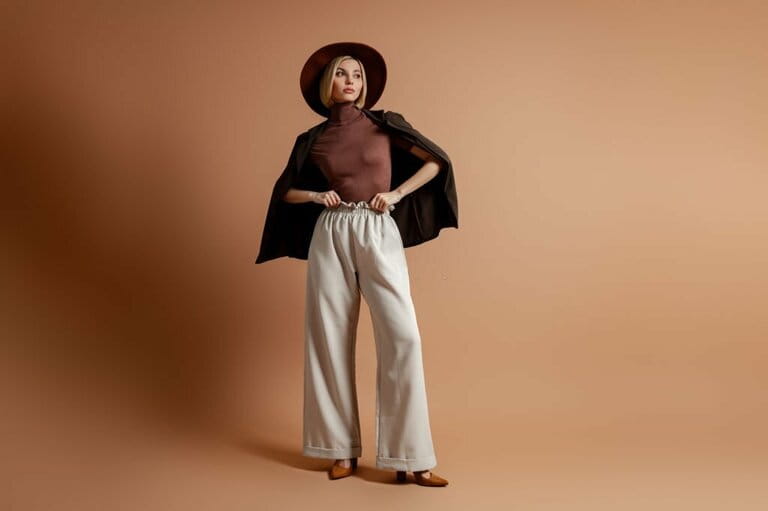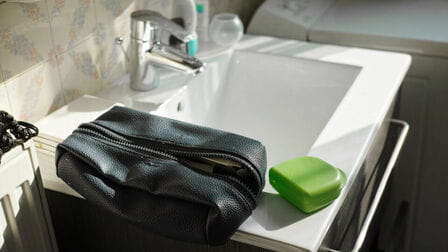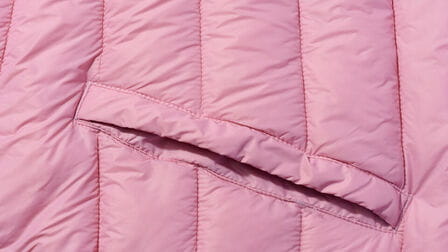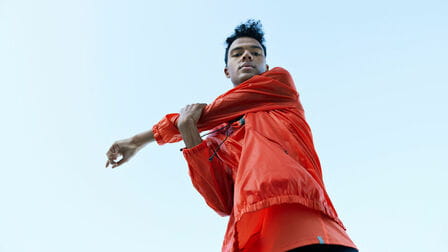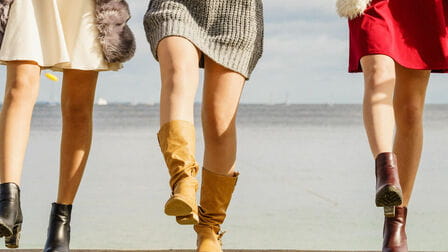Clothing is more than just what we wear to keep us warm and protected from the elements; it's a powerful form of self-expression. The way we dress communicates aspects of our personality, mood, and aspirations. Your clothing tells a story about who you are.
Choosing Clothes That Reflect Your Personality
The first step in using clothing to express your personality is to understand yourself and what you want to convey. Do you see yourself as creative? Intellectual? Sporty? Making these determinations can help guide your fashion choices.
Key Personality Factors to Consider
When choosing clothes that reflect your personality, keep the following key factors in mind:
Your Interests and Hobbies
What you do in your spare time says a lot about you. For example, if you're outdoorsy, you might wear durable fabrics in earth tones. If you're a musician, you can rock band tees and edgy accessories. Show off what makes you unique.
Your Attitude and Outlook
Having an optimistic outlook could mean wearing bright, cheerful colors. If you tend to be a little more cynical, you might lean toward darker shades of blue or black. Also consider Prints - bold prints telegraph confidence.
Your Profession
The clothes appropriate for a construction worker clearly differ from those worn by a creative director. Dress the part you want by coordinating your style with your career.
Tips for Choosing Personality-Reflecting Pieces
When building your wardrobe, keep these tips in mind:
- Focus on quality over quantity — a few versatile staples will take you far.
- Choose classic silhouettes in colors and fabrics you love.
- Splurge on shoes; they pull any outfit together.
- Take proper care — regular cleaning preserves pieces over time.
Using Fashion to Convey Your Mood
Beyond communicating enduring personality traits, clothing can also reveal temporary moods. When you understand the messaging behind colors, accessories, and dress, you can use fashion to express how you feel day-to-day.
Colors That Convey Mood
Color psychology associates different hues with specific moods. For example:
- Red — Passionate, energetic
- Yellow — Cheerful, optimistic
- Blue — Calm, reliable
- Black — Sophisticated, serious
So if you want to come across as dependable, reach for your navy suit. If you need an energizing outfit for a fun event, grab your red dress.
Details That Elevate A Mood
Small accessories can also hint at mood. Consider:
- Jewelry — Bolder pieces in bright metals convey confidence.
- Footwear — Playful patterns signal levity.
- Belts — A pop of color draws the eye.
- Handbags — Quirky shapes show an artistic side.
Pay attention to how people respond when you change up these details. You may be able to intentionally shift others' perceptions.
Using Fashion For Emotional Release
On difficult days, use fashion as a pick-me-up. Trying on outfits can provide a mood-boosting distraction. Alternatively, sometimes getting dressed up and looking pulled-together can provide a much-needed confidence boost when you're feeling low.
Making An Impression With Designer Pieces
For some, fashion acts as social signaling — a way to subtly communicate income level and social standing. This personality expression relies on showcasing designer brands across key high-end pieces.
Best Items for Designer Investment
When using fashion to convey affluence and make an impression, four categories provide the best return on investment:
Outerwear
- Well-tailored overcoats
- Sophisticated trench coats
- Structured leather jackets
Handbags
- Signature logo satchels
- Italian leather totes
- Novelty mini-bags
Shoes
- Classic two-tone oxfords
- Sky-high designer heels
- Minimalist sneakers
Accessories
- Oversized statement sunglasses
- Recognizable jewel-toned scarves
- Branded cufflinks and ties
Splurging on key designer pieces in these categories will elevate your entire look.
Mixing High-Low Fashion
You need not overhaul your entire wardrobe for designer-level expression. Try mixing fast-fashion pieces with a few strategic designer items. For example:
- A logo belt can dress up an H&M dress.
- Statement earrings shine against a basic button-down.
- Designer boots add panache to skinny jeans.
Signaling Through Specific Brands
Finally, be mindful of which brands you choose. Certain luxury labels signal personality traits based on the reputation of both brand and wearer. For example:
- Prada = fashion-forward
- Burberry = refined
- Gucci = bold creativity
So a Burberry trench conveys polished sophistication, while head-to-toe Gucci says daring style maven. Choose consciously based on the impression you wish to make.
Fashion for Self-Expression Across Ages
Your fashion evolution needn't follow a prescribed path. While some trade adventurous pieces for refined classics over time, plenty retain — or regain — their sartorial boldness as they age. Use milestones as an chance to rethink personal style.
Children
For kids, clothing choices remain fairly simple. But you can indulge imaginative whimsy through playful pieces.
Encourage Age-Appropriate Experimentation
Let children pick bright colors, bold prints, and fun accessories. Fostering autonomy encourages confidence. Guide gently — major style risks invite teasing.
Choose Quality Basics
Balance fanciful items with well-made basics they can grow into. High-quality fabrics wear better through rough play.
Adolescents
In the teen years, fashion becomes social currency and a means of identity exploration.
Permit Safe Forms of Rebellion
Tolerate temporary trends around risky looks to build trust through this time of change. But set reasonable limits around overly mature or revealing items.
Talk Through Appearance Anxiety
Discuss how advertising and social media impact perceptions around looks. Offer perspective on digitally distorted images.
Adults
As grown-ups, we often believe mature style means disavowing youthful flair. But ascribing to this false dichotomy limits self-expression.
Ignore Arbitrary Age 'Rules'
Society's fashion 'standards' aim to restrict, not empower. Shun any style advice predicated on age-based 'appropriateness.'
Wear What Makes You Happy
Let go of limiting assumptions around grown-up dress. Choose clothing that connects to positive memories and interests vs chasing ephemeral trends. If combat boots or glitter bring you joy, embrace them.
Clothing as an Avenue for Self-Expression
Fashion provides a versatile vehicle for communicating who you are to the world around you. And importantly, for declaring through dress how you wish to feel about yourself from day-to-day.
Conclusion
Clothing allows self-expression across personality traits, moods, social standing, and life stages. And while fashion choices can shape how others perceive you, their most important impact is in shaping your self-image. Use clothing deliberately not just to convey who you are, but to proudly declare who you want to be.
